Buckminster Fullers Geodesic Dome: An Iconic Architectural Creation
- 28 Nov 2023
- By Paras Gandhi
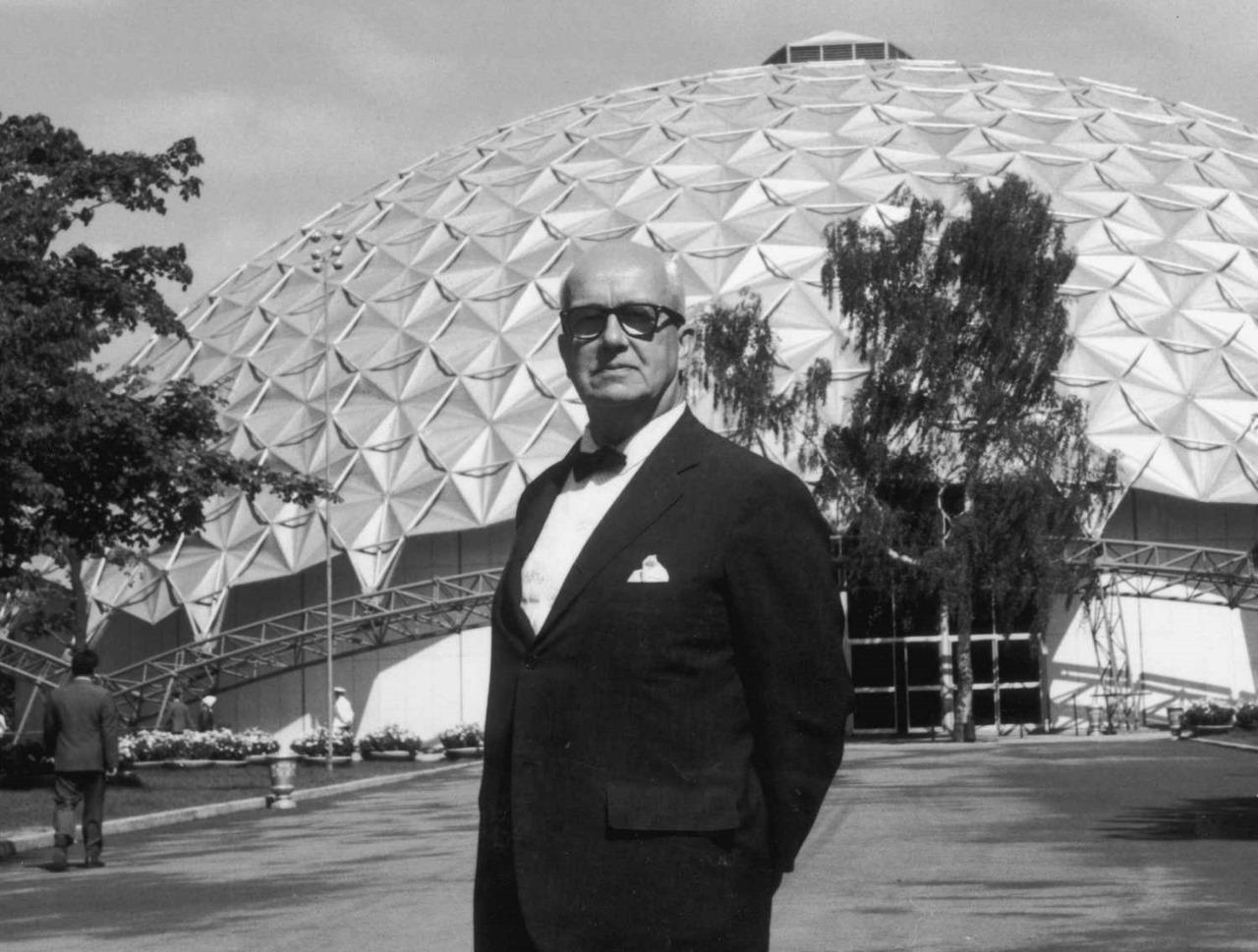
Buckminster Fuller, born in 1895, was a renowned American architect, inventor, and visionary thinker. He is best known for popularizing the geodesic dome and his innovative contributions to sustainable design. Fuller's work sought to address global challenges by applying holistic, forward-thinking principles to architecture and engineering, leaving a lasting impact on the fields of design and environmental consciousness.
Buckminster Fuller's work was characterized by innovative thinking and a unique approach to design. While it's challenging to narrow down his best works, here are three of his most notable contributions:
1. Geodesic Dome
Fuller's most iconic creation, the geodesic dome, is a lightweight, strong, and efficient structure that has found applications in architecture, environmental enclosures, and even space exploration.
2. Dymaxion Map
The Dymaxion map is a projection of the Earth's surface onto a two-dimensional map, designed to minimize distortion and represent the world more accurately. It challenged conventional map projections and offered a fresh perspective on global geography.
3. Dymaxion House
The Dymaxion House was an experimental and compact dwelling that aimed to provide an affordable and efficient housing solution. Its innovative design included energy-efficient features and a circular shape, which minimized material usage and offered a more sustainable living space.
These works showcase Fuller's dedication to visionary design, sustainability, and reimagining conventional solutions to global challenges.
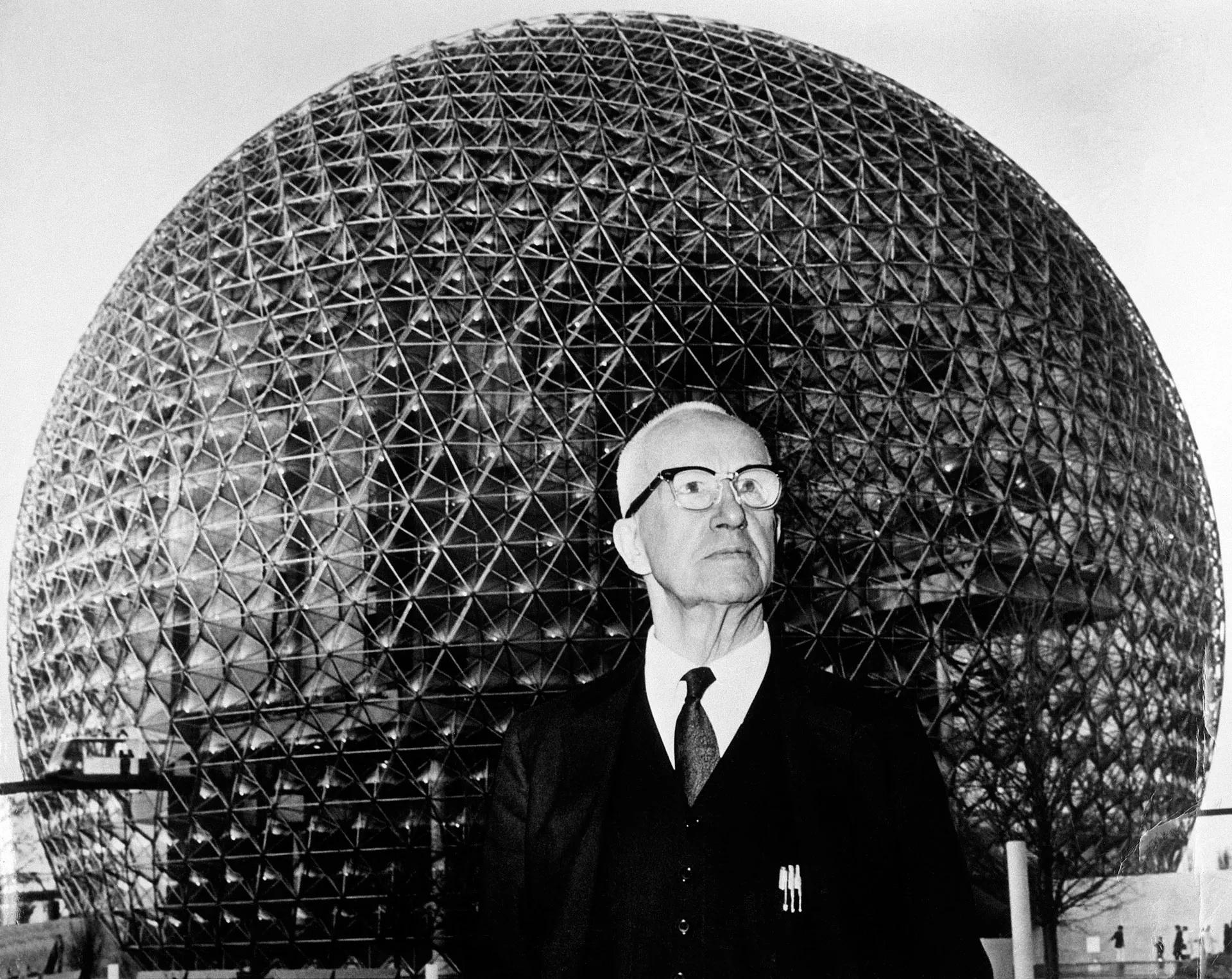
Geodesic Dome
Buckminster Fuller's geodesic dome stands as an iconic creation in the world of architecture and design. This innovative and efficient structure has found applications in various domains, including environmental enclosures and even space exploration. In this article, we will delve into the history, design principles, and the enduring impact of the geodesic dome, shedding light on how Buckminster Fuller's revolutionary concept transformed the architectural landscape.
History of the Geodesic Dome
The geodesic dome concept was not solely the brainchild of Buckminster Fuller. It was a culmination of ideas and inspirations from various sources. In the early 20th century, other inventors and architects, like Walther Bauersfeld and Richard Buckminster Fuller's friend, architect Shoji Sadao, made contributions that eventually led to the geodesic dome's development.
However, it was Fuller who refined and popularized the geodesic dome as we know it today. In 1947, he patented the geodesic dome design, and it became one of his most enduring legacies.

Design Principles
The geodesic dome is characterized by its unique structural framework, which consists of a network of triangular elements arranged to form a spherical or hemispherical shape. This design offers several key advantages:
1. Lightweight
Geodesic domes are incredibly lightweight in comparison to conventional architectural structures of similar size. This characteristic makes them ideal for a variety of applications, including as shelters or enclosures.
2. Strength
The triangular framework provides exceptional strength. The geodesic dome's design distributes loads evenly, allowing it to withstand significant forces, including wind and snow loads.
3. Efficiency
The geodesic dome is highly efficient in terms of material usage. Due to its geometric design, it requires less building material than traditional structures, making it a cost-effective and sustainable choice.
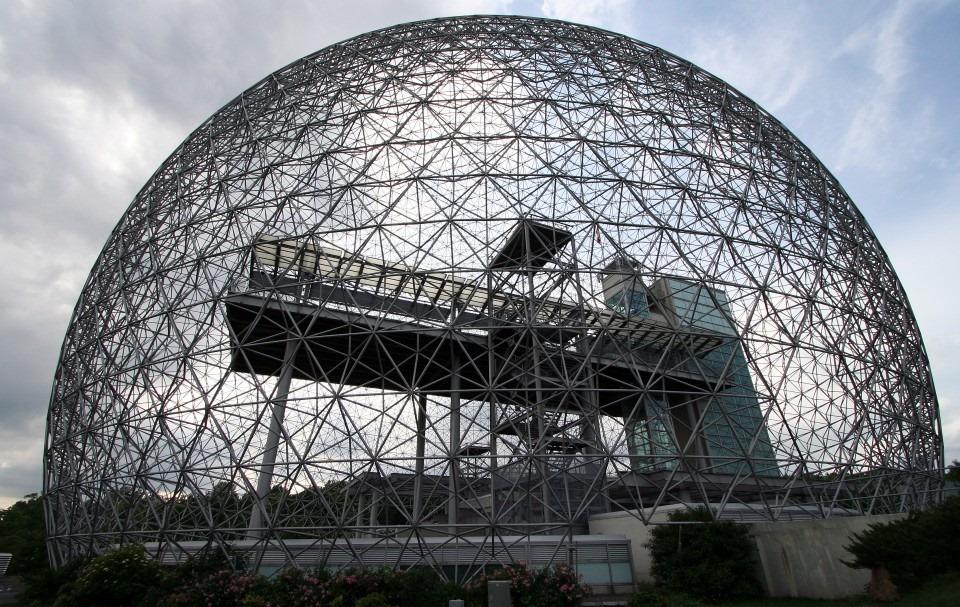
Applications in Architecture
Geodesic domes have found a wide range of architectural applications, from small, backyard garden structures to large-scale public buildings. Some notable examples include:
1. Epcot Centre's Spaceship Earth
One of the most famous geodesic domes in the world can be found at the Epcot Centre in Walt Disney World, Florida. This massive dome houses the "Spaceship Earth" attraction, showcasing the geodesic dome's potential for creating captivating and futuristic architectural landmarks.
2. Biosphere 2
The Biosphere 2 in Arizona is another prominent example. It was designed to simulate a closed ecological system and was constructed with multiple interconnected geodesic domes, highlighting their adaptability for scientific and environmental purposes.
3. Montreal Biosphere
Located in Montreal, Canada, this museum dedicated to the environment features a geodesic dome designed by Fuller himself. It has become a symbol of environmental awareness and sustainable architecture.
4. Dome Homes
In the realm of residential architecture, geodesic domes have been utilized to create unique and energy-efficient homes. Their efficient design minimizes energy consumption and can be fitted with various sustainable technologies, making them a popular choice for eco-conscious homeowners.

Environmental Enclosures
Beyond architectural landmarks, geodesic domes have also proven invaluable for creating environmentally controlled enclosures. These structures offer the ability to maintain specific conditions, making them ideal for a range of purposes:
1. Botanical Gardens
Geodesic domes are used in botanical gardens to provide controlled environments for plants from different climates. These structures allow for the growth of exotic plants in non-native regions, helping with conservation and research efforts.
2. Zoological Enclosures
Zoos and wildlife reserves often utilize geodesic domes to create naturalistic habitats for animals. The transparent and spacious design of the domes ensures that animals have ample space to roam while maintaining a safe and controlled environment for both animals and visitors.
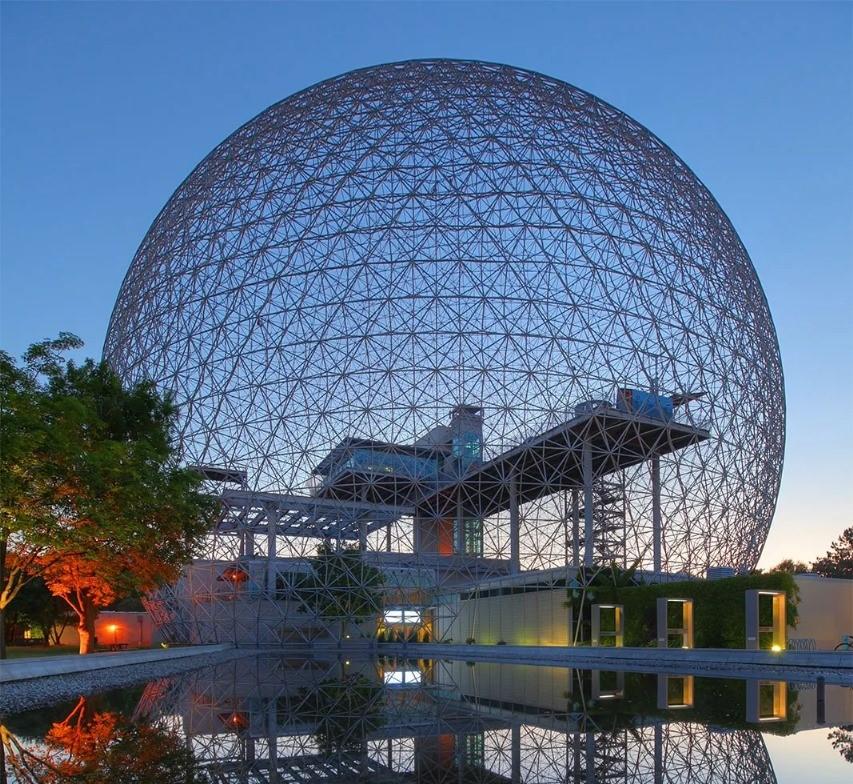
Space Exploration
The geodesic dome's exceptional properties have extended beyond Earth. Its applications in space exploration are significant and include:
1. Moon base and Mars Colonization
The lightweight, strong, and efficient nature of geodesic domes makes them a potential choice for future lunar or Martian colonies. Their dome-shaped design is well-suited to withstand the rigors of extraterrestrial environments.
2. Space Habitats
On a smaller scale, geodesic domes have been considered for use as habitats in space stations. They can provide controlled environments for astronauts, allowing them to conduct experiments and live comfortably in the harsh conditions of space.
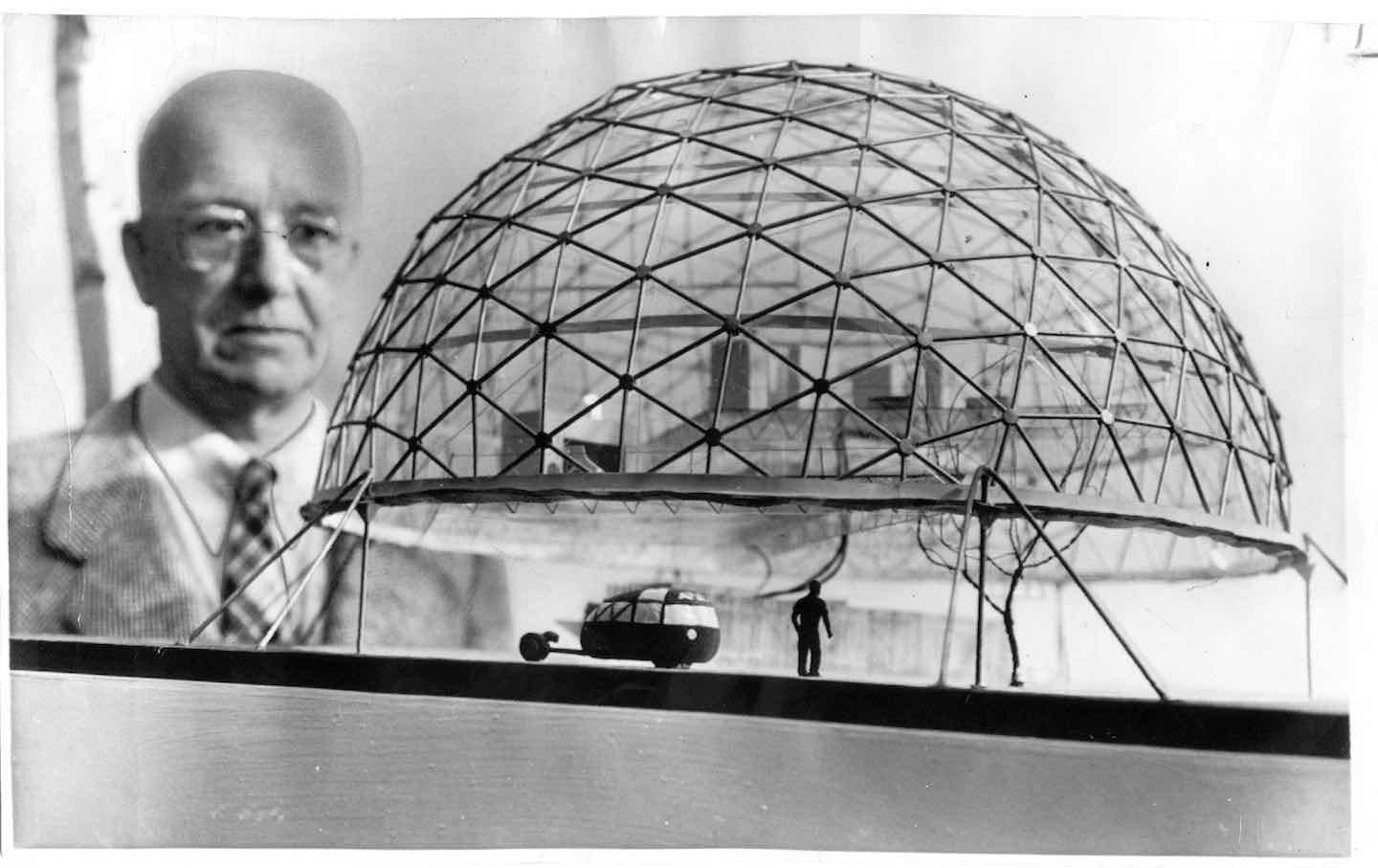
Buckminster Fuller's Lasting Influence
The geodesic dome remains a testament to Buckminster Fuller's innovative thinking and commitment to addressing global challenges through visionary design. Its use in architecture, environmental enclosures, and space exploration underscores its remarkable adaptability and versatility. Fuller's influence extends far beyond the geodesic dome, but this iconic creation serves as a tangible symbol of his groundbreaking contributions to the fields of architecture, design, and sustainability.
Buckminster Fuller's geodesic dome, an iconic architectural creation, has left an indelible mark on the world of design and innovation. Its lightweight, strong, and efficient structure has found applications in diverse fields, from architecture to environmental enclosures and even space exploration. Fuller's visionary approach to design continues to inspire creative solutions to global challenges, making the geodesic dome a lasting symbol of his legacy and a testament to the power of innovative thinking in architecture and beyond.
Recently Published
loves or pursues or

.jpg)






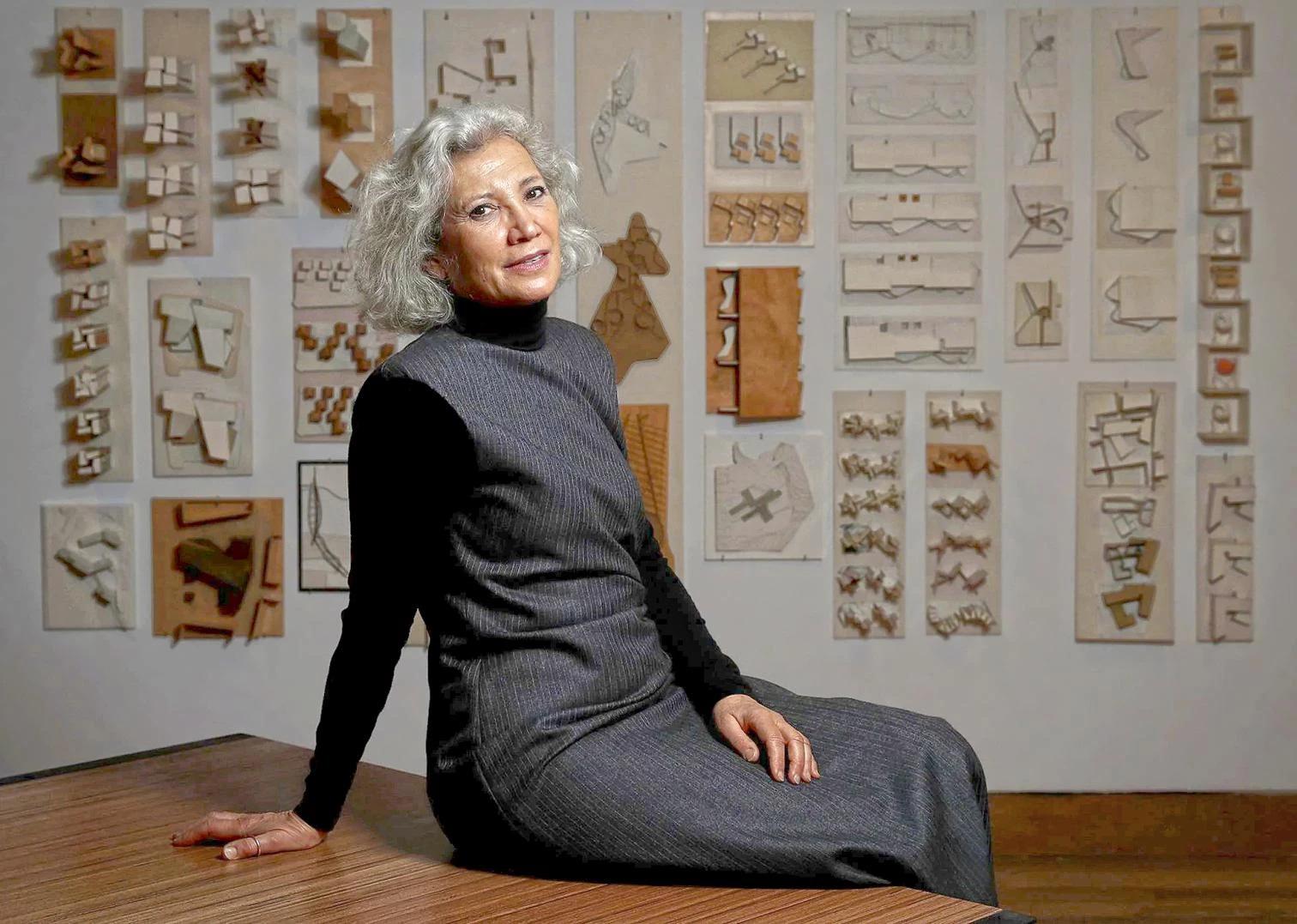
.jpg)